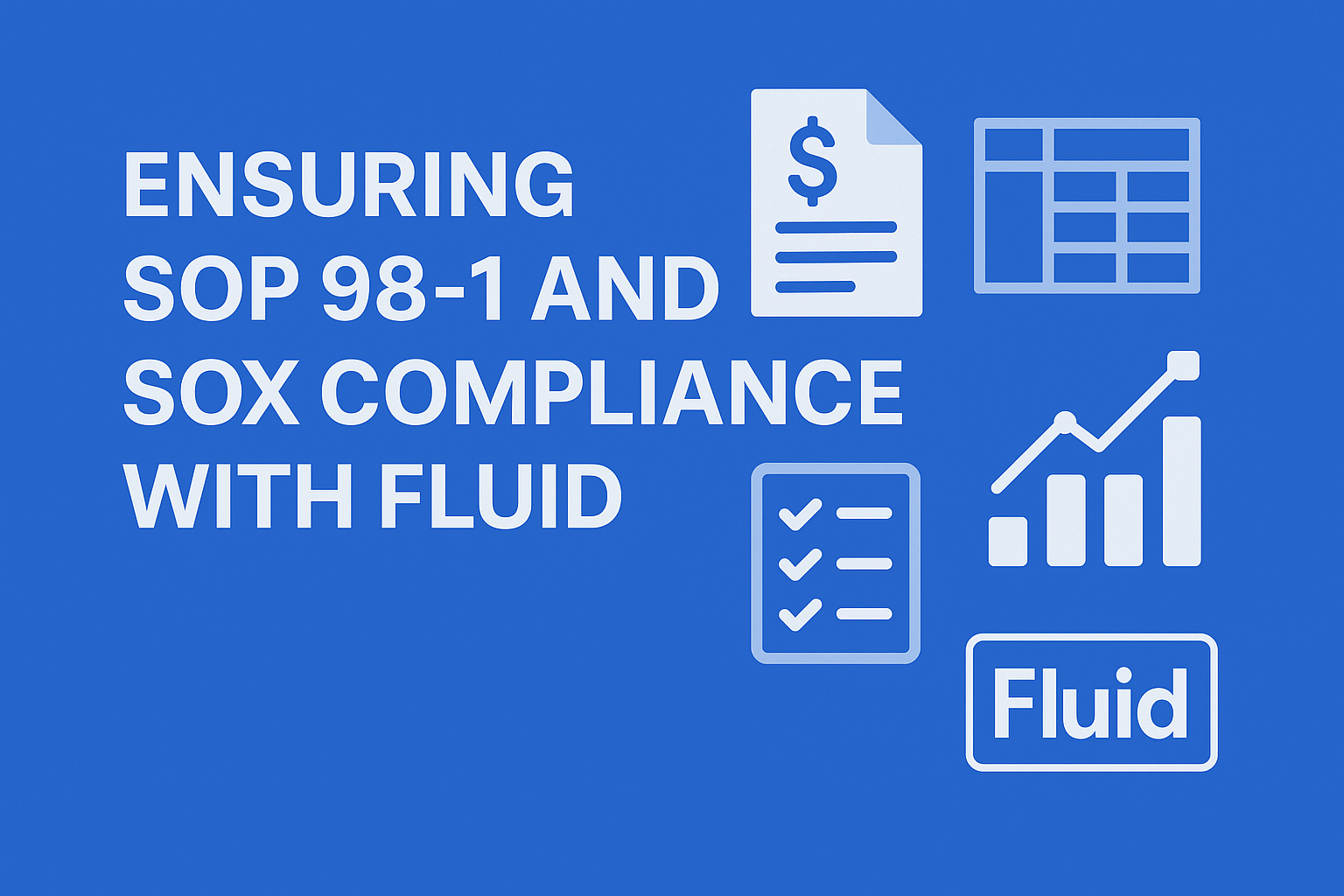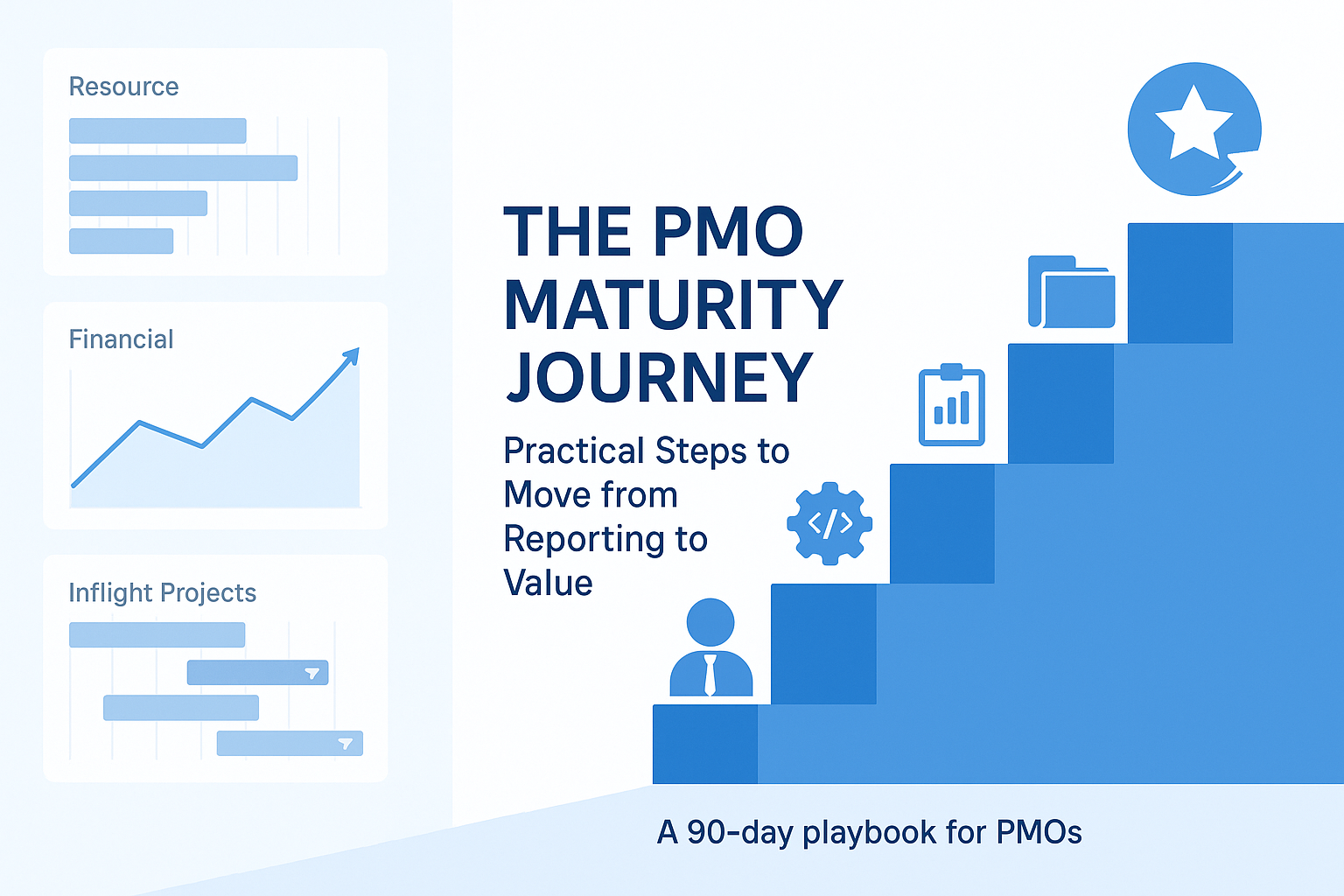Selecting a PMO Framework Aligned to Your Organisation’s Business Model

Modern organisations vary widely in their regulatory obligations, investment horizons and cultural attitudes to risk. Imposing a single, standard project-management-office (PMO) framework across such diversity often creates more friction than value. A pragmatic starting point is to select a recognised framework—PMBOK, PRINCE2, SAFe, P3M3 or similar—and then calibrate its three core levers - governance, processes and communication - so they map precisely to the organisation’s business model. By treating each lever as a dial rather than a fixed setting, leaders can achieve proportionate controls that enhance delivery performance without constraining innovation.
Why flexible PMO frameworks matter
- Regulatory alignment – finance houses and utilities operate under strict audit regimes, whereas digital start-ups can tolerate greater delivery volatility.
- Investment profile – a venture-funded scale-up may prioritise runway and rapid market entry, while a professional-services firm lives or dies by utilisation and margin.
- Cultural fit – agile, product-led cultures value fast feedback cycles; heavily matrixed enterprises often need strong stage-gate assurance before funds are released.
The wider the spread of portfolio types, the more critical it becomes to dial controls up or down rather than apply blanket rules.
Core PMO components to calibrate
- Governance
- Sets decision rights, assurance activities and escalation paths.
- Key levers: stage-gate depth, delegated-authority thresholds, independent compliance reviews.
- Processes
- Define delivery methods, artefacts and metrics.
- Key levers: waterfall–to–agile hybrids, change-control checkpoints, benefits-tracking maturity.
- Communication
- Drives stakeholder engagement and transparency.
- Key levers: reporting cadence, audience tailoring, live dashboards and collaboration tooling.
Resource management, tooling and capability development remain essential but are contingent on getting these three pillars right first.
Tailoring by business model
Introductory context
PMOs exist in many guises—enterprise portfolio offices, agile product PMOs, commercial delivery hubs and more. Each serves the same purpose of converting investment into outcomes, yet the governance “dial”, process depth and communication rhythm must move with the business model. The examples below illustrate how four common contexts adapt their PMO playbooks.
Financial-services PMO
- Keep formal project checkpoints, with independent risk, compliance and audit reviews at each stage.
- Mandate regulatory impact assessments for every scope change.
- Provide audit-ready RAG summaries tied directly to compliance obligations.
IT / Digital-product PMO
- Replace gates with incremental value checkpoints overseen by product owners.
- Automate quality logs via the DevOps tool-chain; surface deployment frequency and lead-time on live dashboards.
- Hold fortnightly demonstrations instead of monthly slide decks.
Professional-services PMO
- Embed client representatives in steering forums; track revenue, utilisation and SLA KPIs alongside schedule and scope.
- Use standardised mobilisation packs to accelerate start-up and close with a formal lessons-learned loop feeding the next proposal.
- Issue tailored engagement-health snapshots to each client sponsor.
Growth / Funded PMO
- Begin with minimal viable governance—an investment board, a single runway metric—and add controls once predefined head-count or funding tiers are reached.
- Combine OKRs for strategic alignment with Kanban for delivery flow.
- Implement a fast-failure process to recycle budget quickly from under-performing initiatives.
How Fluid supports every PMO model
- Finance PMO – budget, forecast and variance dashboards, tranche-funding controls, risk registers and audit trails provide the rigour regulators expect.
- IT / Digital PMO – Kanban and sprint boards, live dashboards and automated exception alerts integrate seamlessly with DevOps pipelines, keeping governance lightweight.
- Professional-services PMO – time tracking, rate-card resource management and multi-tier project hierarchies simplify billing, utilisation monitoring and client-specific reporting.
- Growth / Funded PMO – configurable intake workflows, AI-driven governance and a scalable SaaS platform allow scaling businesses to switch on new controls exactly when needed.
- All models – a unified data layer, automated reporting packs and decision logs keep strategy, execution and stakeholders aligned without manual effort.
Maturity and continuous improvement
A baseline assessment using a framework such as P3M3 clarifies current capability and highlights pragmatic next steps—e.g. progressing from Level 2 (Managed) to Level 3 (Defined) within twelve months. Quarterly re-assessments ensure that governance, process depth and communication channels remain proportional to evolving strategic goals.
Key take-aways
- Understand the regulatory, commercial and cultural context before selecting a framework.
- Treat governance as a control dial—tighten or relax it as risk and maturity shift.
- Right-size processes: heavyweight documentation slows growth companies; inadequate rigour imperils financial institutions.
- Make communication outcome-oriented and data-driven.
- Leverage technology—particularly configurable platforms such as Fluid—to automate standards and surface insights.
- Reassess maturity regularly and adapt the framework in line with strategic change.
Conclusion
No two business models demand identical PMO controls. A retail bank, a SaaS scale-up and a professional-services partnership each require a framework that reflects their distinct regulatory, commercial and cultural realities. The discipline lies in selecting an established methodology and adjusting governance depth, process breadth and communication cadence to fit current needs—then revisiting those settings as risk appetite and maturity evolve. With periodic capability assessments and a configurable platform such as Fluid, PMO leaders can ensure their chosen framework remains fully aligned with strategic intent, converting portfolio investment into measurable business value.
See how Fluid enables your business to deliver the right strategic change













